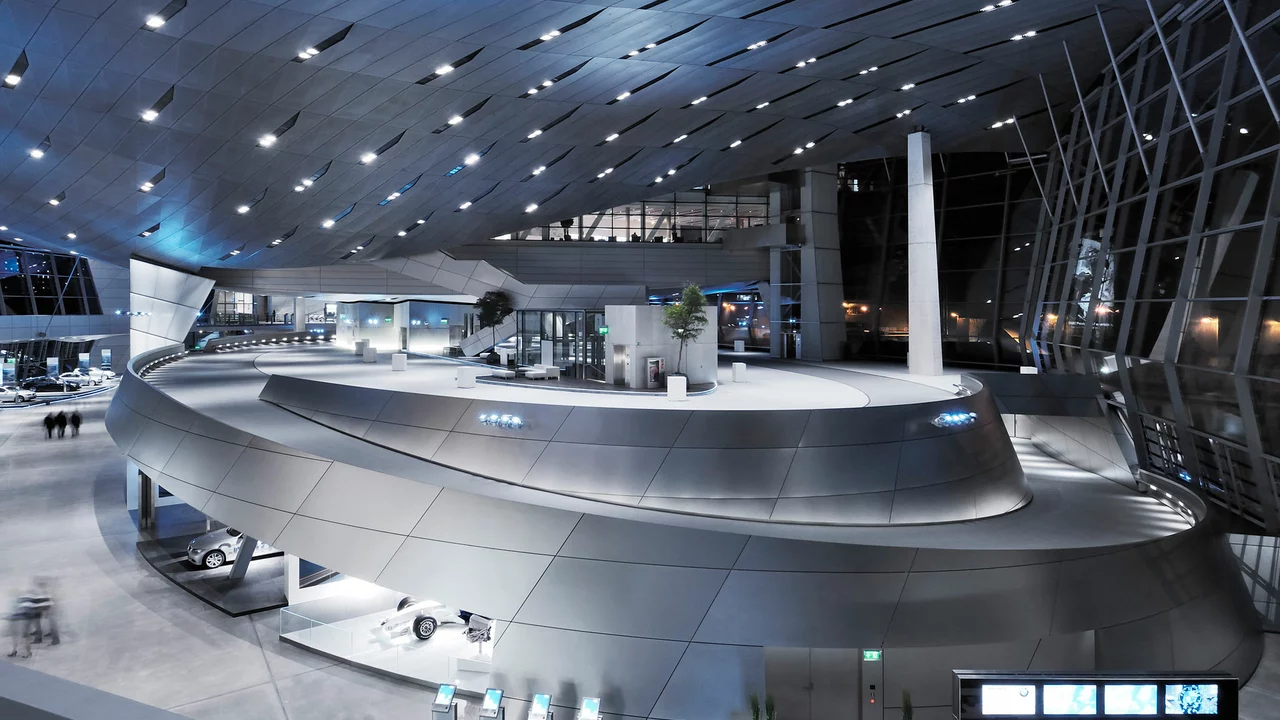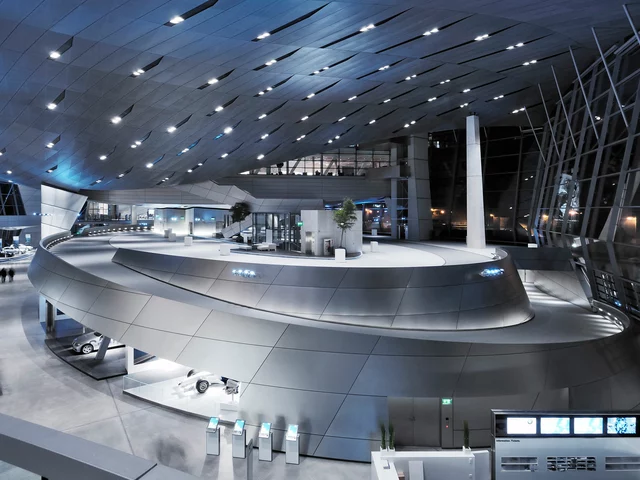Why do car repair shops often have a curved corner?

The Socio-Cultural History of Car Repair Shop Design
Okay, so let's dive right into the briny deep here, folks – or, well, the oily deep. You may be like me and have often mused, drumming your fingers on the steering wheel, gazing up at an automotive repair shop and thinking: "Why does this place have a curved corner?" Well, let me tell you, truth be told, it wasn't just some random architectural design choice inspired by a burrito's shape or a quarter moon. They were actually influenced by socio-cultural factors that extend through the years and miles like the best cross-country road trips.
As you might have guessed by the term 'socio-cultural', this literally refers to social and cultural factors. These factors influenced how businesses, car repair shops included, designed their establishments. Earlier, businesses were more intimate, representative of their owners' personal style. Over time though, standardization took over like a hamster on a wheel running off a set pattern, bringing standardized design templates into the mix, and that's where the curved corner comes in.
Ever-Winding Evolution of Road Networks and Building Structures
The more our roads evolved, the more the designs of our buildings had to adapt. Trust me when I say that, just like how Molly, my golden retriever, adapted to the arrival of Nimbus, my parakeet. Just like people and pets, roads and buildings had to learn to live harmoniously together. The introduction of gridiron road layouts in the 19th century meant car repair shops had to fit within these neat, square plots of land. But what about the intersection? Ah, that's where the fun begins.
The curved corners on car repair shops came as a response to these corner plots which were often subject to higher visibility and traffic. This traffic, both vehicular and pedestrian, created a need for a design that would cater to these factors. The rounded corner increased the structure’s visibility and its ability to 'catch the eye' of passing traffic. It's the same way a shiny object or unexpected movement catches Molly's eye, really.
The Irresistible Charm of Streamlines and Aerodynamics
The whole design of the curved corner is an adaptation of the Streamline Moderne style, born in the late 1930s. It was a time when the world had an insatiable hunger for speed, efficiency, and aerodynamics, whether it was trains, planes, cars, or even toasters. The Streamline Moderne design seemed to capture that sentiment like a bug in an amber.
Curved corners, sleek lines, and the sense of dynamic movement were all part of the package, an architectural mirror to the technological marvels of the time. These became increasingly popular in car repair shops and other road-side businesses to reflect that very spirit. As the lines of the building emulated the lines and curves of the car, they would unknowingly establish a psychological connection of mutual understanding and expertise with the customer.
Merchandising Magic and Advertising Aces
Furthermore, remember that a building is more than just a structure. It's also a billboard for the business it houses. And boy, does the curved corner ace in that department! Visibility is one thing, but what the curved corner also introduces is additional window space. A window, in the hands (or paws) of a shrewd business owner, is an advertising space.
Remember how shops strategically place products you're most likely to buy at eye level? It's similar with these windows – you’ve got prime, front row spots to display your products or services. It’s all about getting those eyeballs and holding on to them, much like how Molly can't resist staring at Nimbus fluttering around in his cage.
The Influence of Safety Standards and Regulations
It's not all about style and advertising though. Our love affair with the curved corner also stems from a real-world concern - safety. Considering the heavy vehicular flow at intersections, a rounded corner reduces the risk of accidents, providing a certain cushioning effect in vehicle impacts. Similarly, pedestrians find it easier to negotiate the corner with the added comfort of smooth lines rather than an angled one while contributing to a somewhat softened, human-friendly cities.
Plus, it's interesting to note that some city zoning and safety regulations actually encourage the use of curved corners. Yep, you read that right. In some cases, it’s not just a style statement or a strategic ploy, but it’s the law.
Concluding Thoughts on Curvaceous Corners
So, there you go - that's why car repair shops often sport the compelling curved corner. Not only does it juggle visual aesthetics, navigational efficiency, and advertising effectiveness with the ease of a seasoned circus performer, it also becomes a tangible emblem of history, society, technology, and human interaction. And to think I once just thought it was fancy structural detailing!
All said and done, architecture, even as seemingly mundane as a car repair shop, is an interesting lens through which we can observe and understand the world. So next time you're drumming your fingers on the steering wheel at a red light, take a moment to appreciate the well-rounded beauty of that car repair shop on the corner. Maybe, just like me, you’ll gain a newfound admiration for its ingenious design.
